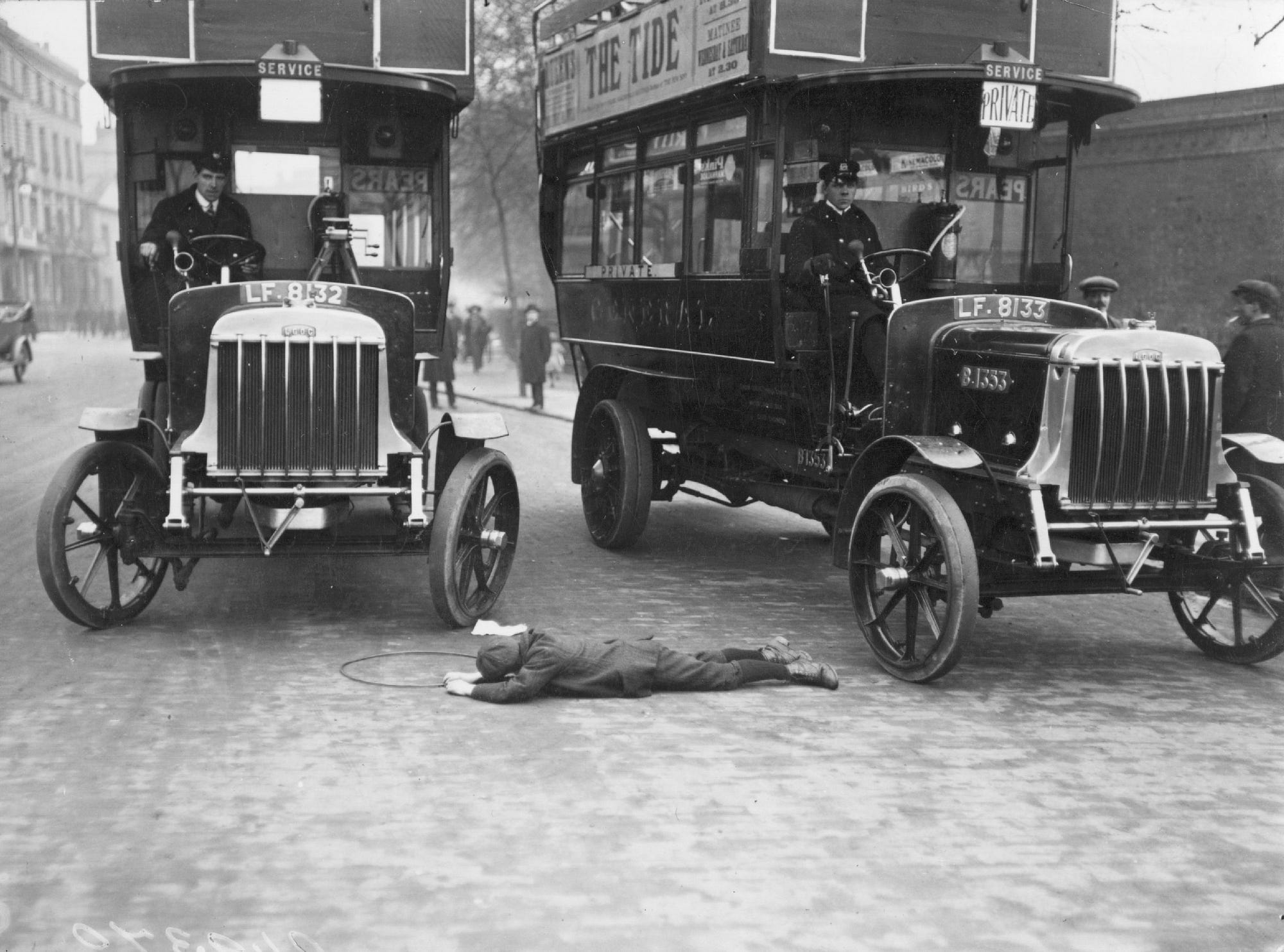From New York Magazine's Intelligencer, October 3:
Mize hurt you one at a time, pulling tools from a briefcase, cold and businesslike. He’d gash your brow with a razor or box cutter. Scuff up the wound with sandpaper, gripe if you didn’t bleed enough. For concussions or a busted knee, he’d smack you with a liquor bottle, a brick, a frying pan. You’d chug a Red Bull to spike your blood pressure. Pop aspirin so your blood would stream faster. Spill a bottle of your urine on your pants like you’d blacked out.
Inside the “victim” car, women could clamp on a neck brace, a helmet. Men typically wouldn’t get any protection: too wimpy, in Mize’s view. He’d get into the “at fault” car, headlights glaring through the darkness down the road. Your dread would be coursing now — fear about what’s to come, whether you’d pull this off.
All clear.
Mize would hit the accelerator, speeding toward you at 40, even 50 mph — you packed in with the others, your girlfriend or cousin or best man, like bowling pins. Your wounds already throbbed, and you feared that the crash would go off-script to do further damage: steel warping unexpectedly, glass slicing something vital, a seatbelt rupturing a spleen.
After the impact, after the cars had spun and screeched to a stop, after you realized you were rattled but alive, Mize or another person would rush to the window to collect helmets and braces and pee bottles and burner phones. Mize would hop in a third car with a getaway driver and vanish. The at-fault actor would climb into the driver’s seat of the car Mize had left crumpled behind, ready to take the blame.
Then you’d sit in the eerie silence, listening to the drip of oil. You’d ask quietly if everyone was okay, tap your scrapes to conjure fresh blood as sirens started their tiny, far-off scream.
The first responders would see a totaled car of crash victims bruised, bloodied, whimpering, seemingly in shock or barely conscious. You’d feel like such scum as you were strapped to the stretcher, the responders comforting you as you wasted their time. Cops — sometimes at the scene, sometimes at the hospital — would pull out their collision reports.
Showtime.
Mize had made you rehearse your lines. You were driving a Sebring convertible down an industrial stretch in Las Vegas when you dropped a CD on the floorboard and, reaching down, sideswiped a Mercedes. You dropped your water bottle. Your vape. Your Pepsi. You were lighting a cigarette. Reaching for a phone. You swerved to miss an animal. You were swigging from a glass bottle that chipped your tooth. You slammed your head. You blacked out. Could you blame the responders for believing?....
....MUCH MORE
Previously on Masters-level scams:
First up, from Timeline:
Jumping in front of cars for insurance money helped some 1920s immigrants achieve the American Dream
Flopping was, and is, a lucrative business

America is the land of the free — and the home of people suing each other over frivolous lawsuits. This is the country where a woman once planted a severed human finger in a bowl of Wendy’s chili — and then tried to sue the fast food chain. The woman was later arrested — but initially thought she could get away with her ‘chili-finger’ scam, because suing people is such a way of American life. That’s why the culture of ‘floppers’ is a clever criminal enterprise.As they’re known in the trade, floppers, flim-flam-floppers, or flop artists have been a thorn in the side of insurance companies since the 19th century. As mentioned in the book Accidentally, on Purpose, one of the first documented slip-and-fall artists was a woman known as Banana Anna, who would plant banana peels on steam trains, “slip” on them, and fake injuries to rake in insurance money.The 1950 report Exposing the Fake Claim Racket described a flopper as someone who’d “scout certain parts of a city for openings or defects best suited for causing an ‘accident,’ such as an open cellar door, a broken step, a defective sidewalk coal chute cover, or a broken vault light. Locating such a spot, the flopper will purposely get his foot wedged in a jagged crevice and pretend to fall.”Jim Quiggle, director of communications for the Coalition Against Insurance Fraud says, “Flops are so easy to create. It requires so little expertise. How much skill does it take to sit on the floor and cry bloody murder at the top of your lungs?”In the early 20th century, when New York was the promised land for those who newly arrived via Ellis Island, the story of floppers reads like an immigrant American dream.In fact, the 1920’s were the Golden Age of flopping. And one of the masters of the form was a man named Daniel Laulicht, who along with his brother Benjamin ran the biggest flopper ring in New York City. Laulicht grew up a poor immigrant in the Lower East Side. According to city records, Laulicht was first arrested for flopping back in 1918, but that was just the beginning. Laulicht eventually became a flopping tycoon....
....MUCH MORE